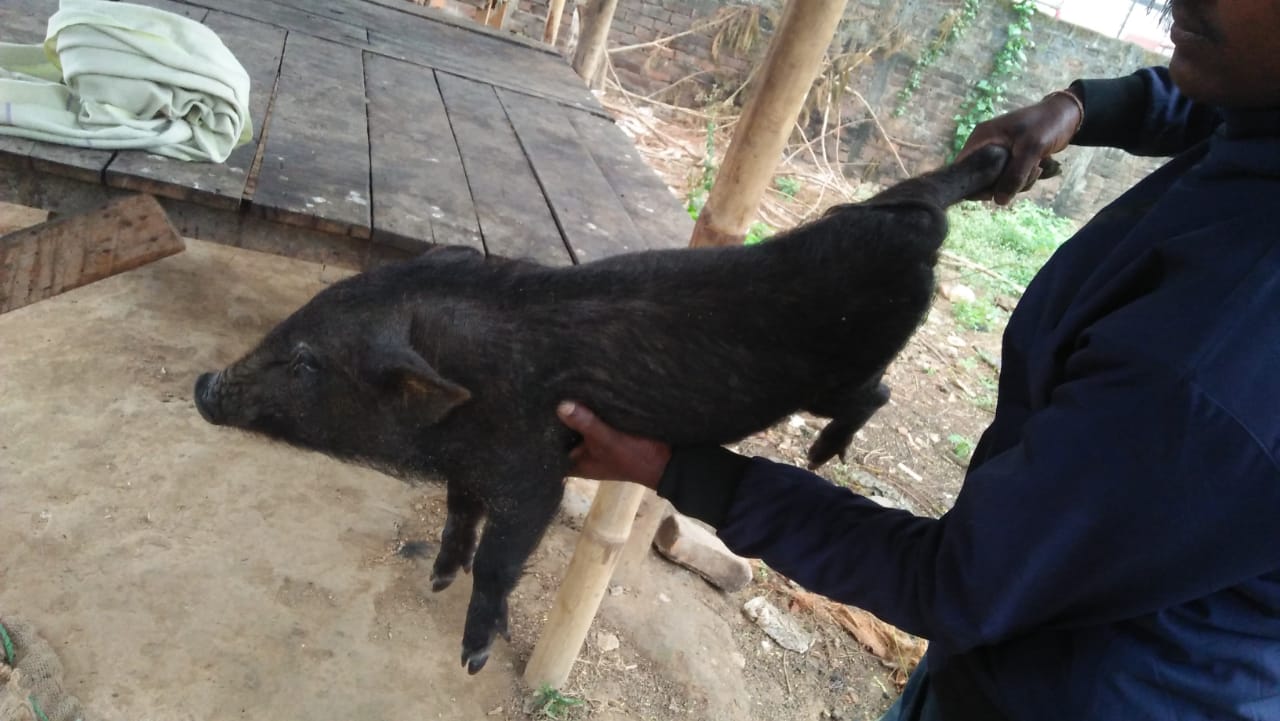PIGGERY FARMING IN NORTHEASTERN REGION
- Anoohya1, V. Adhinath2, P. Martha3 and A. Deka 4*
- Second Year BVSc & AH Degree student,2. Second year B.V. Sc & AH Degree student, 3. Second year BVSc & AH Degree student and 4. Assistant Professor, Department of Anatomy & Histology, College of Veterinary Science, Assam Agricultural University, Khanapara, Guwahati, Assam.
*Corresponding author email id: dranilvet01@gmail.com
Introduction
Animal husbandry as well as livestock sectors are crucial for upliftment of rural economy of a developing country such as India. India is one of the fastest growing countries in livestock sectors by increasing agricultural domestic product. Among the all-other domesticated species, pig farming finds a new increasing demand in socio-economically weaker sections particularly in north eastern states due to its better potential to contribute in faster economic return to the rarer. Pig farming requires low maintenance. Pig has highest fertility, highest fecundity, better-feed conversion efficiency, short generation interval and require small investment and low input. As per Livestock census 2019, total pig population of the state of Assam is 16,36,022 which is about 15.89% of total pig population of our country. Among these population, 70% is traditionally raised in small farms. The share of meat production from pig is 18,730 tonnes against state’s total meat production of 46,870 tonnes during 2016-17 while total requirement is 3,63,000 tonnes (Integrated Sample Survey 2016-17). There are 19 breeding farms under AH & Veterinary Department, Assam out of which 16 farms are functional. The objective of the “Pig Development Project for the state of Assam (2019-2024)” is to increase the income of the Pig rearing farmer/ entrepreneur/ NGO/ Cooperative Society, etc. so as to achieve the Honorable Prime Minister’s plan for doubling farmer’s income. But proper implementation of the project is still missing. In nutshell, the pig earing is still unorganized venture that requires science and technological applications to make it rise in global market. The total pigs in the country have been declined by 12.0% over previous Livestock Census (2012). The reasons might be due to reluctance by the entrepreneurs to start a hog farm because of socio-cultural inhibition and inadequate availabilities. But in the 20th livestock census it has increased by 28% which marks a positive rise of pig farming in Assam. With increasing demand for human feed hunger and changing trends of consuming meat, thereby, posing a great challenge for piggery industry to produce that bulky pork requirement. But the situation has even more worsened due to poor maintenance of the pig farms and low productivity per animal. Thus, to increase the pork meat production per animal, cross breeding with improved germplasm can be a key source to achieve the vision. Farmers in Assam fear threat to existence of local pigs in the state in the wake of spread of African swine fever (ASF) which has currently affected pigs in 10 districts.
Indigenous breeds are those that belong to India
The indigenous breed of India is Agonda goa, Doomm Ghoongroo, Ghurrah, Niang megha, Tenyl vo and Zovawk. Doom, an indigenous breed, has a population of around 4,000 in the state. Their population is largely concentrated in Dhubri district though some of them can be found in Bongaigaon and Kokrajhar districts. It has been reported that around 5,000 of 15,000 pigs that had died across Assam were of Local breed. Zovawk pig is one of the local pig breeds available in the North eastern states of India. The origin of Zovawk is in different parts of Mizoram state in India. This pig is of scavenging type. The Zovawk pigs are of small size and attain puberty at the age of 2.5 months when they are about 4.5 kg body weight. The first farrowing occurs at the age of 9-10 months when they are of about 40 kg body weights (Mayengbam et al., 2014) and as the effect of African swine fever has caused huge losses, so commercial farms have started rearing the exotic breeds due to their high productivity.
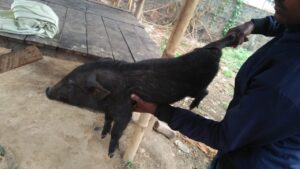
Fig.1. Photograph showing the piglet of Doom Pig.
Advantages of indigenous breeds
They are more resistant to diseases compared to exotic breeds. They are well adapted to local climatic conditions whereas exotic breeds might find it hard to adapt in the extremes. They were resistances to adverse environmental condition of north east region like flood, parasitic problem.
Disadvantages of indigenous breeds
They have lower yield production compared to exotic breeds. The fecundity rate of indigenous pig breed was less compared to the exotic breeds.
List of exotic breeds
The exotic breed which was reared in agro-climatic condition of north east region viz., Large white Yorkshire, Middle white Yorkshire, Berkshire, Tamworth, Landrace, Duroc, Hampshire and Chester white.
Advantages of exotic breeds
They give higher yield. Their food intake is less and production is more. Their fecundity rate is high compared to the indigenous breeds. They give more meat compared the indigenous.
Disadvantages of exotic breeds
They can’t resist high temperatures. They need high maintenance. They were less diseases resistances. They can not bear the adverse climatic condition. They were more prone to parasitic diseases of north east region.
Feeds
Some common good pig contains sufficient energy, protein, mineral, vitamin. Rice bran, broken rice, maize, soyabean, cassina, sorghum. Pigs can’t digest a large amount of fiber so they can’t handle huge forages. We can provide the hotel wastage. The wastage is cheap compared to the other feed. It has also a good source of carbohydrate and bulky food.
Creep feed (or) pig starter
It is baby piglets feed, mixture of fine rice bran, broken rice, maize grain and drinking water. Rice bran has 11% protein and can be used as main ingredient in feeds. Rice bran can be mixed with other feed to 30% to 45%. Maize is good source of energy it has 10% of protein content and 65% of carbohydrate and 99% protein. It can be mixed with other ration but not more than 40% In mix ration. Maize offal has level of fiber. Wheat offal and cassina is good in energy. Broken rice has 8% protein, it can be mixed up with other feed up to 15 to 20%. Bone meal, fish meal are also good source of calcium, phosphorus, grains, protein supplement and mineral mixture, water feed garbage and surplus garden is also good feed. Don’t feed garbage older than 3days.Vit C makes pigs grow faster and larger. Different types of feed are mixed and boiled, all the grains can be mixed and given or different raw materials together are boiled and given
Energy sources feeds
The energy sources feeds were Corn, Mico, Wheat, Barrey and Tallow
Protein sources
The protein sources feeds were Soybean, Field pass and Amino acids.
Dry pregnant sows and gilts
Dry sows and gilts need 2.5kg a day of sow and weaner meal provide an extra 1kg day a week before serving gilts and sows and one week after service give lactating sows about 2.5 kg a day of sow and weaner meal for maintenance and 0.25 kg a day extra for each piglet being suckled
Boars
Give boars 2 KG a day if the boar is regularly used ,increase this to 2.5 kg.
Piglets
Give creep piglet 0.5 to 1kg a day from 7 up to cleaning time. feed must be mixed with sow and weaner meal the last week
Vaccination schedule for pigs
| Diseases and Vaccine | Age | Dose and Rout | Duration |
| Swine fever (Freeze dried vaccine) | 3-6 weeks | 1 ml I/M | One year |
| Swine Erysipelas | 2 months | 1ml S/C | One year |
| FMD (Tissue culture Vaccine | 2 months | 2 ml S/C | One year |
| Brucellosis | 2 months | 2ml S/C | Life Long |
| Swine Influenza | At any stage | 1 ml S/C | 6 Weeks |
Vaccinations are very important in eliminating diseases and to maintain overall performance. Make sure that conventional cleaning, upkeeping and repository of all equipment used for delivering injection will make certain that the correct dose is given to each pig and contamination is excluded
Some main steps include: –
Disposing syringes and immediately after use. Reusable syringes should be washed with hot water. Store syringes in clean and dry place. Wipe vials rubber stopper before injecting needle. Frequently check measure of reusable syringes for accurate dose of medication
Biosecurity
Clean footbaths and vehicle baths containing potassium permanganate/limestone/hydrogen peroxide must be installed at entry points. Using disinfectants on equipment should be followed. Pigs and semen should be brought only from known source. Feed and water should be free from pathogens. Visitors and staff should use boots and gloves before entering the farms.
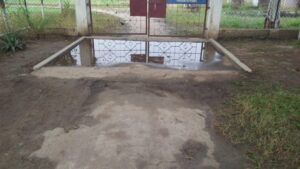
Fig.2. Photograph showing the Vehicle bath for piggery farm.
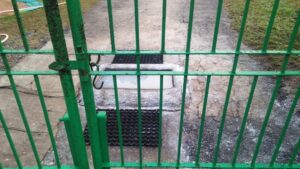
Fig.3. Photograph showing the foot bath for piggery farm.
Marketing:
The demand of pork meat in north east region as is indefinite and the meat plays a major part in catering to the demand. Pork has its own high economic viability and pork business can be started with very low investment. During the festival times of north east region, the demand for meat rises up to 7 folds so pig farming can be proved as profitable business in north east region. Moreover, pig farming has created employment as a supplementary activity to the youth of north east region.
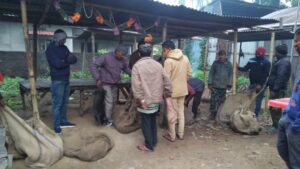
Fig.3. Photograph showing the marketing of piglet in Beltola area of Guwahati, Assam.
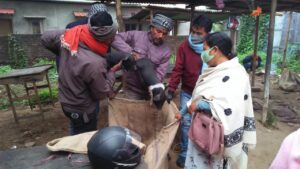
Fig.4. Photograph showing the marketing of piglet of Hampshire breeds in Beltola area of Guwahati, Assam.
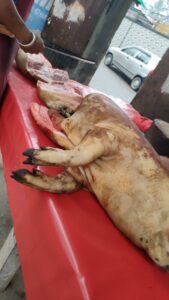
Fig.5. Photograph showing the marketing of pork of Yorkshire breeds in Beltola area of Guwahati, Assam.
Conclusion:
Pig farming business is no doubt can prove to a profitable market in north east region. However, there is a huge gap between the demand and production which need to be lesser for good future. Stakeholders of pig farming should develop serious concern to aware about its success to financially economically weaker sector of the society. Further pork as dish is very popular in North East region being 90% of the population of the meat eaters. The region’s protein requirement cannot be fulfilled only by the common sources. As a result, pork processing and production has huge demands in north east region. Pork is still a dominant meat among the economically and socially deprived communities under intensive and semi-intensive management. Therefore, there is a huge scope of pork meat business in North east region. So, conservation of different pig breeds can serve as a very important economic asset globally.
References
Mayengbam P, Tolenkhomba TC and Ayub Ali M (2014) Hematological Profile of Zovawk – an indigenous pig of Mizoram, 7(7): 505-508.
18th Indian Livestock Census, 2012, DADF, Ministry of Agriculture, Govt. of India.
- Sastry N.S.R and Thomas C.K., 2020 , Livestock Production Management , Fifth edition , Pp.548-570
- https://www.pashudhanpraharee.com/piggery-farming-in-northeastern-region/


